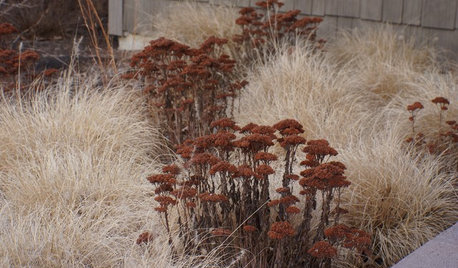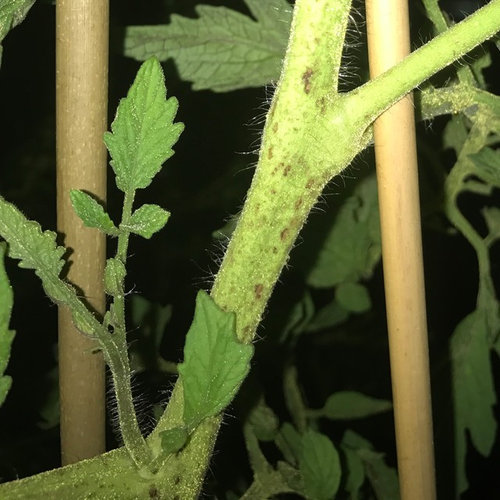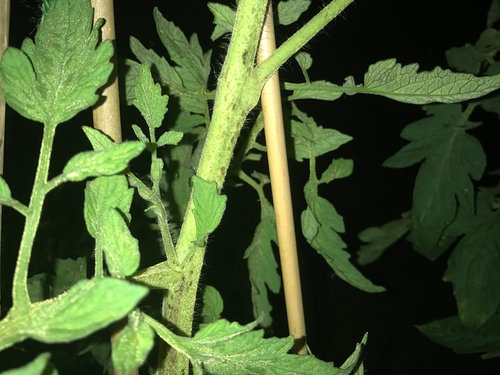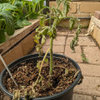Brown spots on stalk! Help Please!
Kyra Harris
6 years ago
Related Stories

MOST POPULARCrowd-Pleasing Paint Colors for Staging Your Home
Ignore the instinct to go with white. These colors can show your house in the best possible light
Full Story
PETSHow to Help Your Dog Be a Good Neighbor
Good fences certainly help, but be sure to introduce your pup to the neighbors and check in from time to time
Full Story
GARDENING GUIDESCelebrate the Browns, Tans and Golds of Fall and Winter Gardens
When designing gardens for cold weather, use plants with these subtle hues for visual interest
Full Story
GARDENING GUIDES6 Native Ground Covers for Tough, Dry Spots
Sun beating down on your sandy gravel? Thick shade darkening your clay soil? There’s a ground cover here for you
Full Story
LIFEYou Said It: ‘Put It Back’ If It Won’t Help Your House, and More Wisdom
Highlights from the week include stopping clutter from getting past the door, fall planting ideas and a grandfather’s gift of love
Full Story
GARDENING GUIDESGreat Design Plant: Snowberry Pleases Year-Round
Bright spring foliage, pretty summer flowers, white berries in winter ... Symphoricarpos albus is a sight to behold in every season
Full Story
HOUZZ TOURSMy Houzz: Saturated Colors Help a 1920s Fixer-Upper Flourish
Bright paint and cheerful patterns give this Spanish-style Los Angeles home a thriving new personality
Full Story
COLORPick-a-Paint Help: How to Quit Procrastinating on Color Choice
If you're up to your ears in paint chips but no further to pinning down a hue, our new 3-part series is for you
Full Story
EXTERIORSHelp! What Color Should I Paint My House Exterior?
Real homeowners get real help in choosing paint palettes. Bonus: 3 tips for everyone on picking exterior colors
Full Story
MOST POPULAR9 Real Ways You Can Help After a House Fire
Suggestions from someone who lost her home to fire — and experienced the staggering generosity of community
Full Story








gorbelly
gorbelly
Related Discussions
Help please! My fairy castle cactus has brown spots - fungus?
Q
Please help... what are these brown spots...
Q
Brown spots and cracks. Also please help me identify.
Q
Brown spots, please help.
Q
Kyra HarrisOriginal Author
Kyra HarrisOriginal Author
gorbelly
Kyra HarrisOriginal Author
gorbelly
Kyra HarrisOriginal Author
gorbelly
Kyra HarrisOriginal Author
gorbelly
Kyra HarrisOriginal Author
Kyra HarrisOriginal Author
gorbelly
Kyra HarrisOriginal Author
Kyra HarrisOriginal Author
Kyra HarrisOriginal Author
gorbelly
Kyra HarrisOriginal Author
gorbelly
Kyra HarrisOriginal Author
gorbelly
Kyra HarrisOriginal Author
Kyra HarrisOriginal Author
Kyra HarrisOriginal Author
gorbelly
gorbelly
Kyra HarrisOriginal Author
Kyra HarrisOriginal Author
gorbelly
gorbelly
Kyra HarrisOriginal Author
gorbelly
Kyra HarrisOriginal Author
gorbelly